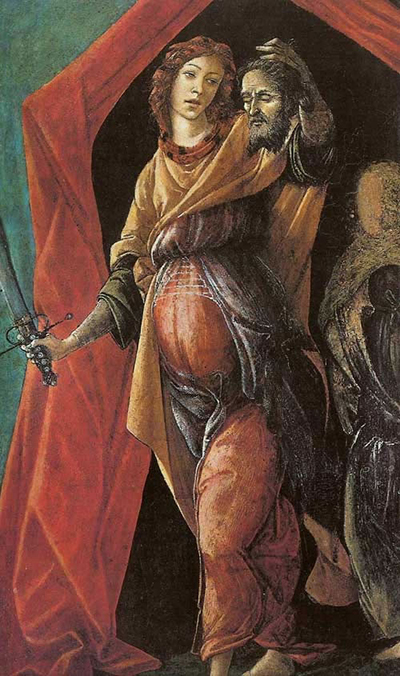Artist Botticelli captures the extraordinary moment that Judith exits Holofernes' tent holding her macabre trophy
This fresco is titled Judith Holding Holofernes' Head, circa 1495-1500 and was produced as oil and tempera on a small panel (37 × 20 cm). This artwork is now stored at the Museum Rijksmuseum in Amsterdam.
The famous narrative is from Judith 13:9. It teaches us of how Judith tricked enemy warlord Holofernes by using her female ways before removing his head. She did so in order to protect her own besieged city in a stunning act of bravery and ingenuity.
Many have argued that the imbalance between some of the elements of the figure in this painting mean it cannot be considered one of Botticelli's finest portraits, but its fame continues regardless. Specifically, the head seems too short in comparison to the torso.
This powerful theme has been used repeatedly by famous artists from across the world, most frequently during the Renaissance and Baroque periods. More recently, Gustav Klimt created his own Judith I and Judith II although the content and style varies considerably from the majority of paintings that cover this topic.
The aggressive style of Caravaggio was ideally suited to this emotive scene, and Judith Beheading Holofernes from 1599 is seen as one of his finest paintings. The extreme lighting and raw facial expressions help to place this as the finest example of this topic, from any movement.
Titian, Michelangelo, Giorgione also featured Judith within their work.
Judith appears again in various guises in the work of Artemisia Gentileschi, Orazio Gentileschi, Carlo Saraceni, Johann Liss, Giovanni Baglione, Cristofano Allori, Lucas Cranach, Vicenzo Catena and Elisabetta Sirani. Judith's Return to Bethulia from 1470 is another work from Botticelli that focuses on this figure.




